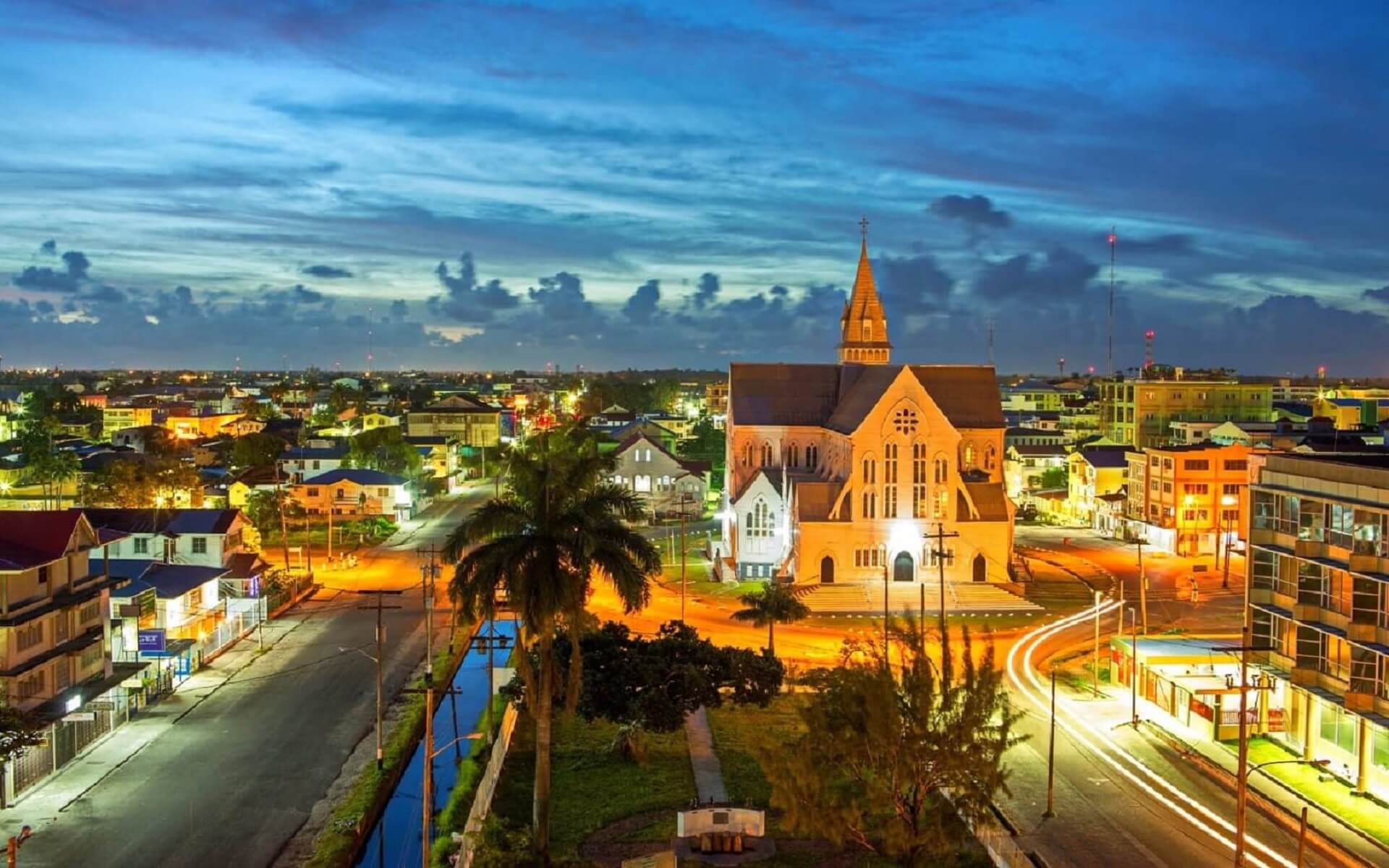Due to political instability and shortcomings in dealing with its colonies, particularly Indochina and Algeria, the French Fourth Republic fell in 1958. The French people backed the establishment of a Fifth Republic, and French President Charles de Gaulle made it plain on August 8, 1958, that France’s colonies would have to choose between greater autonomy in a new French Community or instant independence in a vote on September 28, 1958. The other colonies selected the former, but Guinea voted decisively for independence, led by Ahmed Sékou Touré, whose Democratic Party of Guinea (PDG) had won 56 of 60 seats in territorial elections in 1957. The French soon departed, and Guinea declared itself a sovereign and independent republic on October 2, 1958, with Sékou Touré as president.
Guinea rapidly allied itself with the Soviet Union after France’s departure and embraced communist policies. Guinea, on the other hand, leaned toward a Chinese form of socialism, and the partnership was short-lived. Despite this, capitalist nations such as the United States continued to provide assistance and investment to the country. Even the relationship with France improved; commerce grew following the election of Valéry Giscard d’Estaing as French president, and the two nations exchanged official visits.
Touré proclaimed the PDG to be the sole legitimate party in 1960. The government and the PDG merged for the following 24 years. Touré was uncontested for four seven-year terms as president, and voters were given a single list of PDG candidates for the National Assembly every five years. Touré soon became a polarizing leader, advocating a hybrid African Socialism at home and Pan-Africanism abroad, and his administration grew intolerant of criticism, imprisoning hundreds and suffocating the press.
During this period, the Guinean government nationalized territory, deposed French-appointed and traditional leaders, and severed relations with the French government and businesses. Guinea’s economic condition became as uncertain as its diplomatic stance, vacillating between support for the Soviet Union and (by the late 1970s) support for the United States. Touré’s government attacked actual and imagined opponents, forcing thousands of political opponents into exile, alleging schemes and conspiracies against him at home and abroad.
In 1970, expatriate Guinean opposition troops aided Portuguese soldiers from neighboring Portuguese Guinea in Operation Green Sea, an incursion into Guinea. The Portuguese military sought to murder or arrest Sekou Toure for his support of the PAIGC, a guerrilla group operating in Portuguese Guinea, among other things. The Portuguese troops withdrew after accomplishing the majority of their objectives after many days of intense combat. The frequency of internal arrests and executions rose during Sékou Touré’s reign.
A monument commemorating the military triumph against the Portuguese attack in 1970. The sole goal that the Portuguese assault failed to achieve was the capture of Ahmed Sékou Touré.
Sékou Touré died on March 26, 1984, in the United States following a heart surgery, and was succeeded by Prime Minister Louis Lansana Beavogui, who was to serve as temporary president until fresh elections could be held.
On 3 April 1984, the PDG was set to pick a new leader. That individual would have been the sole contender for president under the constitution. Colonels Lansana Conté and Diarra Traoré, however, took control in a bloodless coup only hours before the conference. Traoré served as prime minister until December, when Conté took over as president.
Conté quickly condemned the previous regime’s human rights record, freed 250 political prisoners, and urged another 200,000 people to return from exile. He also made it clear that he was abandoning socialism, although this did nothing to relieve poverty, and the nation showed no indications of progressing toward democracy.
Conté declared a restoration to civilian government in 1992, with a presidential election in 1993 and parliamentary elections in 1995. (in which his party – the Party of Unity and Progress – won 71 of 114 seats.) Conté’s hold on power remained strong despite his professed devotion to democracy. Alpha Condé, the opposition leader, was imprisoned in September 2001 for threatening national security, but he was released eight months later. Following that, he went into exile in France.
Conté planned and won a referendum to extend the presidential term in 2001, and he began his third term in 2003 when the opposition boycotted the polls. Conté escaped a suspected murder attempt in January 2005 while making a rare public appearance in Conakry, Guinea’s capital. His detractors called him a “weary tyrant” whose demise was inevitable, while his supporters thought he was winning the war against dissidents. Guinea continues to confront significant challenges and, according to Foreign Policy, is on the verge of becoming a failed state.
When insurgents crossed the borders with Liberia and Sierra Leone in 2000, Guinea got involved in the instability that had long plagued the rest of West Africa, and it seemed for a while that the nation was on the verge of civil war. Conté claimed that neighboring leaders were envious of Guinea’s natural riches, but these allegations were vehemently rejected. Guinea agreed to agreements with her neighbors to combat the rebels in 2003. Protests against the administration erupted in 2007, culminating in the nomination of a new prime minister.


